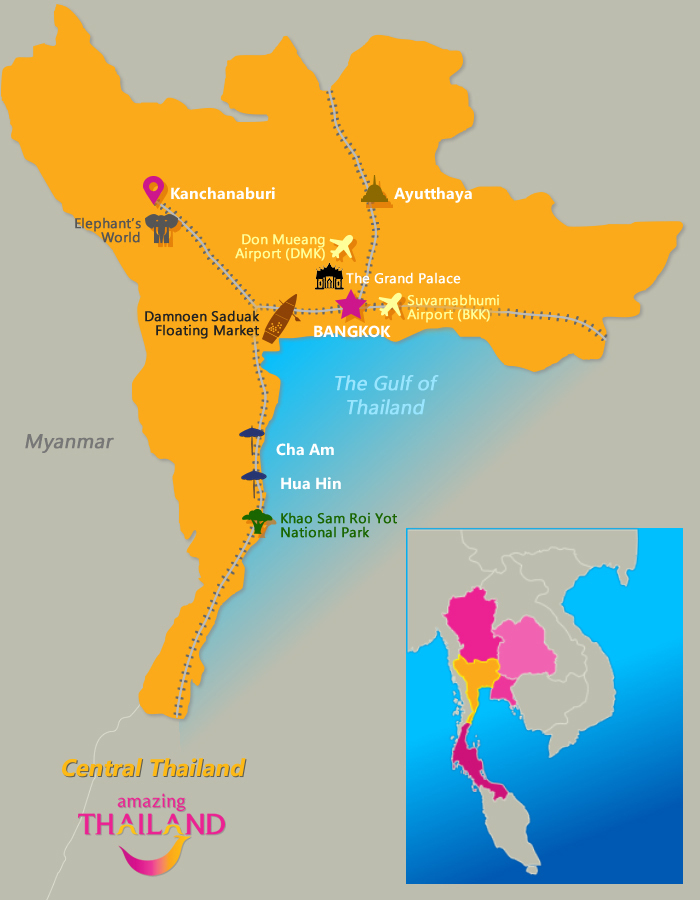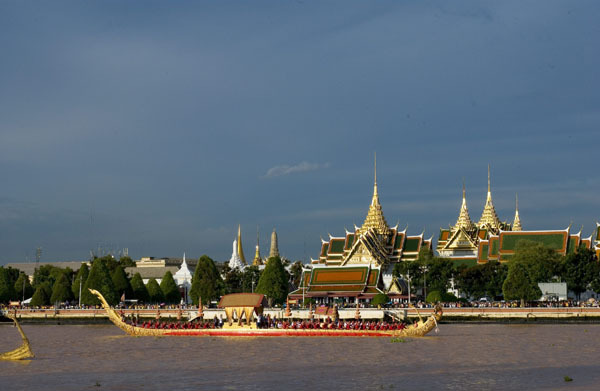Categories Modules 2. Central Thailand 2.1 Bangkok: Introduction
2.1 Bangkok: Introduction

Couples who love the urban experience will be delighted to discover Thailand’s capital, Bangkok, a legendary city affectionately known as the City of Angels.
Bangkok offers an amazing blend of old and new, from traditional Thai culture and heritage to modern high-tech conveniences and experiences.
With a population of over 10 million, there is a dizzying amount of things to see and do in Bangkok, including museums, galleries, temples, spas, shopping, romantic restaurants and lively nightlife. Bangkok is also home to more than two dozen palaces. The Grand Palace is a must-see attraction, famed for the Emerald Buddha and golden architecture. The city is dotted with 400 glittering Buddhist temples of great beauty and fascination, magnificent palaces, classical dance extravaganzas, numerous shopping centres and traditional ways of life, especially along the “Venice of the East” timeless canals and the Chao Phraya River or the “River of Kings” that wind through the city. It is worth taking a trip along its waters before exploring further into different canals to take a glimpse of old Bangkok.
Of course, no visit to Bangkok would be complete without a major shopping spree. From state-of-the-art electronics to the biggest names in fashion and jewellery to every kind of souvenir imaginable, this is the capital of browsing and buying at competitive prices. Be sure to encourage your clients to get a suit made, explore the night, weekend and floating markets for a cultural treat and a chance to land some great bargains.
While a honeymoon or romantic getaway is certainly a time to splurge, your clients will find plenty of value accommodation in Bangkok, without skimping on essential - and luxurious amenities, regardless of their budget. Staying at a four- or five-star hotel and waking up with a view overlooking the Chao Phraya River is one of the wonders of this pulsating city. If their taste swings towards small, boutique hotels, Bangkok can cater for that too.

![]()
ANSWER
